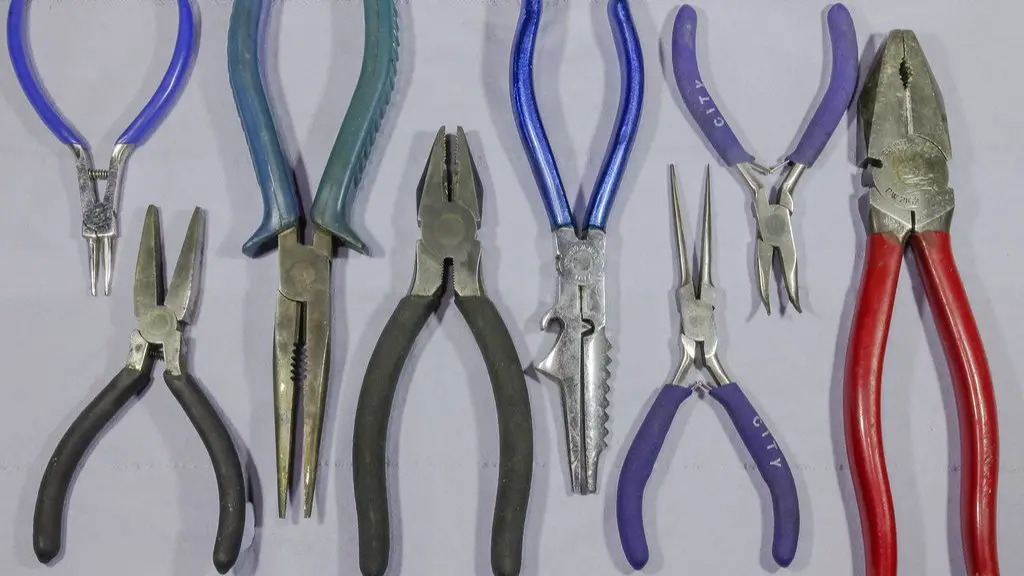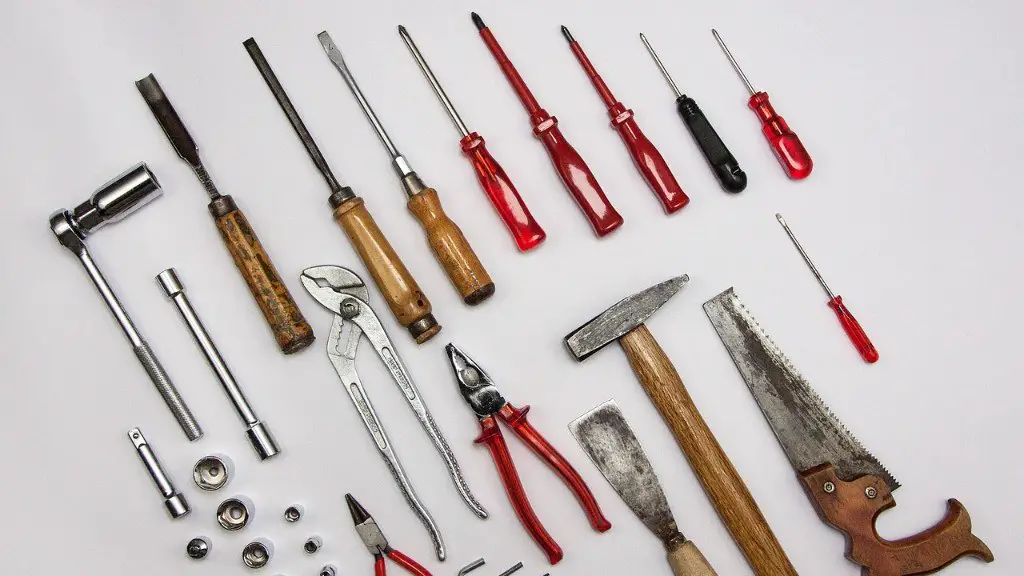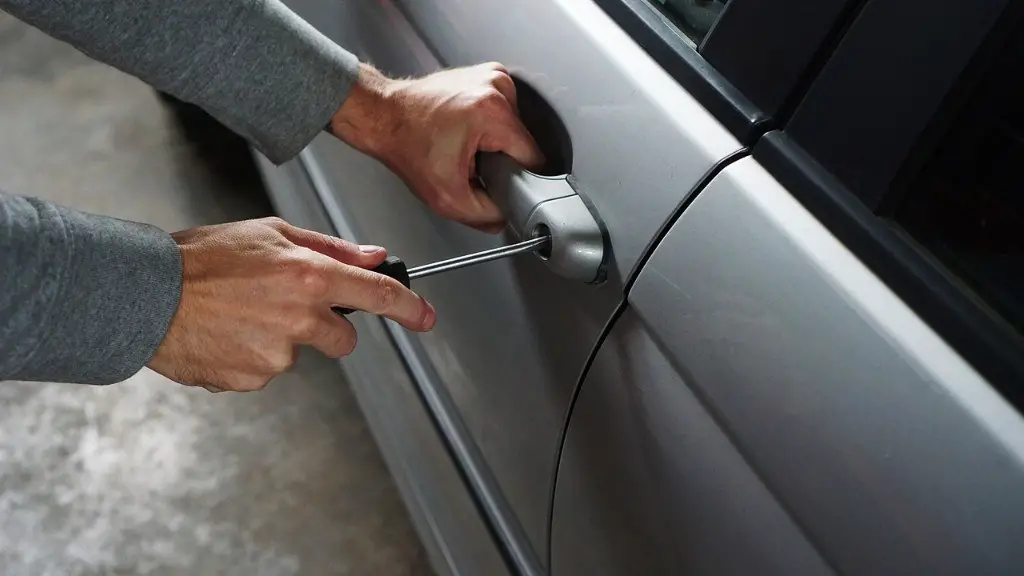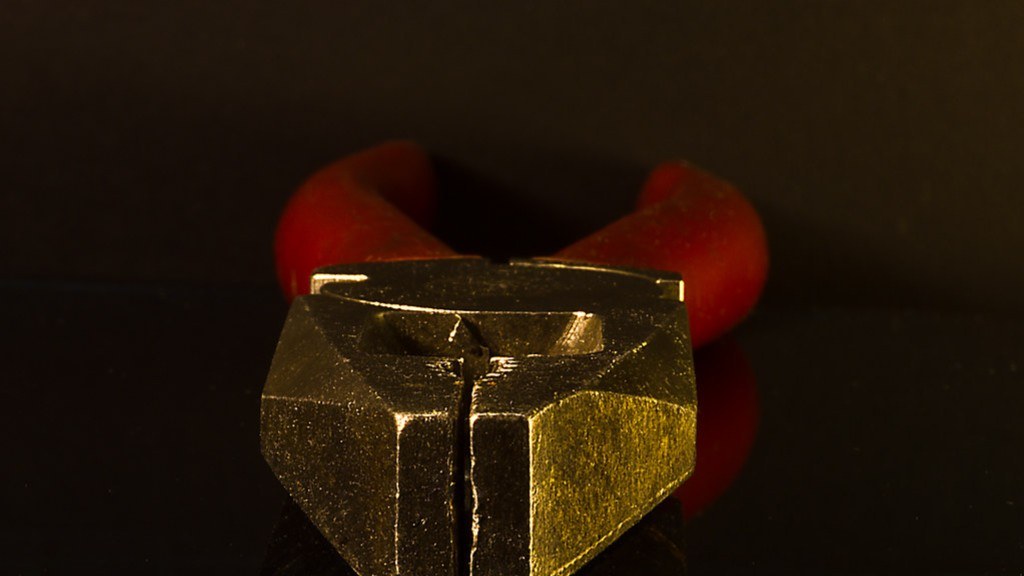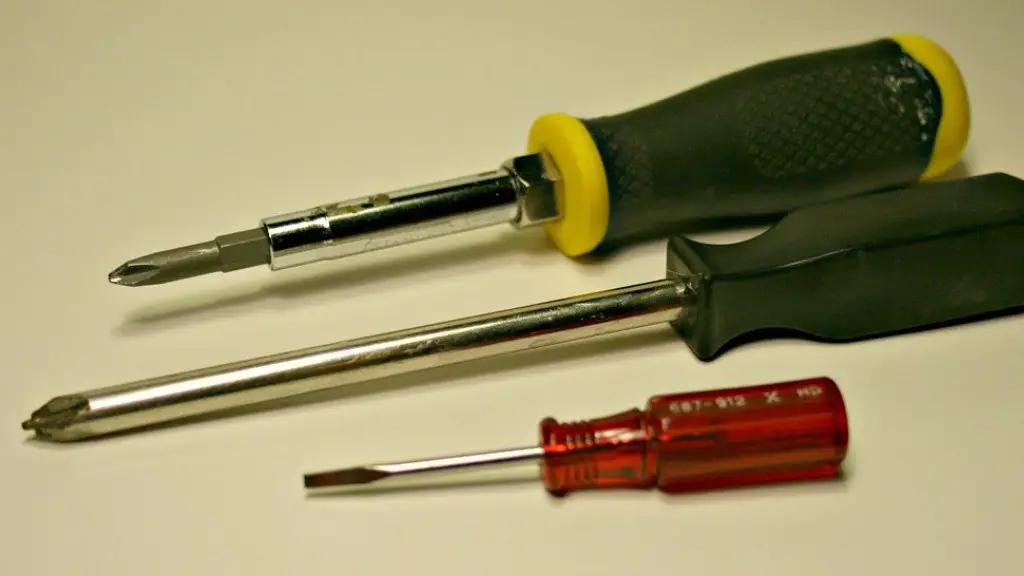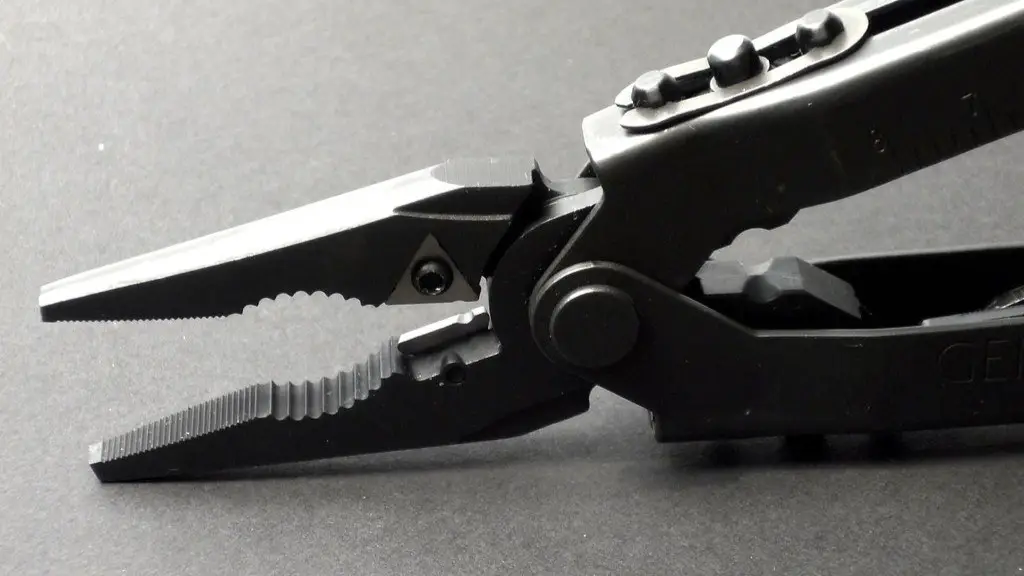Chain nose pliers are a versatile tool that can be used for a variety of tasks in the jewelry making process. From holding wire while wrapping it around a mandrel to creating precise bends in wire, chain nose pliers are an essential tool for any jewelry maker.
Chain nose pliers are a type of pliers that have a flat, tapered nose with a short, pointed tip. They are used for a variety of tasks, such as holding small objects, bending wire, and forming loops.
What is the use of chain nose plier?
If you’re looking for a versatile pair of pliers that can handle a variety of tasks, then chain nose pliers are a great option. They’re perfect for closing bead tips and crimping in tight places, and can also be used for opening jump rings and working with wire. Their box-joint construction and tapered tips make them incredibly accurate and precise, while their smooth jaws and slightly rounded edges make them gentle on your material, no matter how delicate it may be.
There is a big difference between chain nose pliers and needle-nose pliers. Needle-nose pliers have serrated ridges that can create indentations on the project you’re working on, whether it is wires or a piece of jewelry. Chain nose pliers have a shorter, blunter nose and are used for gripping wire or other materials.
How do you use chain nose pliers in jewelry
One way to close a jump ring is to use two pairs of pliers. Grip the jump ring on one side with the slit up top. Take a second pair of chain nose pliers and grip it on the other side. Twist the pliers in opposite directions to close the jump ring.
Flat nose pliers are easier to use to grip something, while chain nose pliers have a round tapering point that is often used in jewelry making for wrapping material to make a small circle/loop.
How many types of nose pliers are there?
There are two types of needle nose pliers: straight nose and bent nose. The bent nose pliers are another variation of the needle-nose pliers that have their tips bent at an angle between 45° and 90°. With this feature, they can reach into narrow spaces even if there are a large number of obstacles.
There are five types of pliers: slip-joint, water-pump, linesman, locking and needle-nose. Each type has a unique function. Slip-joint pliers are the most versatile and can be used for a variety of tasks. Water-pump pliers are used to grip and turn pipes. Linesman pliers are used to grip and cut wires. Locking pliers are used to grip and hold objects in place. Needle-nose pliers are used to grip and bend small objects.
What is the best tool to cut a jewelry chain?
If you are cutting small chains, such as necklaces, you will need small pliers that can cut through metal. These are often called “nippers,” or wire cutters. Small pliers like this can be found at any home improvement or craft supply store. If you are only cutting chain once, you can use any small pliers you have.
Jewelry pliers are tools that are used to grip and bend wire, as well as to open and close jump rings and other findings. There are many different types of jewelry pliers, each with their own specific purpose. The most common types of jewelry pliers are flat nose, round nose, chain nose, bent nose, flat and half round, flat and round, concave and round, and wire wrapping.
What can I use if I don’t have jewelry pliers
A paper clip can come in handy when you need to keep a stack of papers together. All you have to do is open up the paper clip and wind it around the papers. This will keep them together nicely so you can carry them around with ease.
And then make sure that your bead is pushed all the way up against these at this flat edge here till you get to the point where you want to stop. So I’m just gonna lightly push down. You might have to kind of wiggle it a little bit to get it started, but then just keep rotating your work.
Which type of nose pin is best?
L-shaped nose rings are typically considered to be the best option as they are easy to both wear and remove. They also tend to look great, which is an added bonus! If you’re thinking of getting a nose ring, definitely consider an L-shape – you won’t be disappointed.
Flat-nose pliers have a wide, flat jaws that are ideal for gripping and holding flat surfaces. They are also useful for bending and shaping wire.
Snipe-nose pliers have a long, narrow jaws that are ideal for gripping and holding small objects or working in tight spaces. They are also useful for cutting wire and making precise bends.
How do you identify needle-nose pliers
Needle-nose pliers are one of the most versatile tools you can have in your toolbox. They can be used for a variety of tasks, from gripping and holding objects to bending and cutting wire.
Needle-nose pliers are made of steel, with insulated plastic or rubber-coated grip handles that are easy to grasp and, if specifically noted as such, also provide protection from electric shock. The jaws of needle-nose pliers are long and narrow, with pointy, curved or angled tips that have a strong grip.
Whether you’re a professional tradesman or a DIY enthusiast, needle-nose pliers are an essential tool that you’ll need for many different projects.
Pliers are hand tools used to grip and hold objects or to cut and bend wire and other materials. They typically have two metal jaws, one of which is a movable jaw that opens and closes to grip or release the object being held or cut. Pliers are available in a variety of sizes and designs, each adapted to a specific task.
The most common types of pliers are flat nose, long nose, and round nose pliers. Flat nose pliers have jaws that are flat on the inside and can be used for gripping and bending. Long nose pliers have a long, thin jaw that can reach into tight spaces and is ideal for gripping and cutting wire. Round nose pliers have jaws that are rounded on the inside and are used for holding and shapingRound nose pliers have jaws that are rounded on the inside and are used for holding and shapingRound nose pliers have jaws that are rounded on the inside and are used for holding and shaping.
Cutting pliers have sharp cutting jaws that are used for cutting nails, wire, and other materials.
What is the most common plier?
These cutting pliers are very versatile and can be used for a variety of projects. They are great for cutting through thick wires, nails, and screws. The short jaws give you great leverage to make clean cuts.
Tongue and groove pliers are extremely versatile and tough, making them a valuable addition to any toolbox. The serrated and adjustable lower jaw is perfect for gripping metal bolts, thin tips, or for tightening connectors, making them ideal for mechanical engineers or plumbers.
What is one thing pliers should never be used for
Pliers are a type of tool that is designed for gripping and cutting purposes. However, they are often misused as general-purpose tools. This is because people tend to use them for tasks that they were not designed for, such as loosening or tightening nuts. This can cause damage to the tool and may even injure the user. Therefore, it is important to only use pliers for the tasks that they were designed for. When working with nuts and bolt heads, always use a wrench instead.
Linesman (or side-cutting) pliers are one of the most versatile tools used by electricians. These pliers have a set pivot point, allowing the jaws to open and close independently. This gives the electrician greater control when cutting and twisting wires. The jaws also have a flat front with shallow serrations, which is perfect for gripping flat objects.
Warp Up
Chain nose pliers are a type of flat nose pliers that have a short, slightly curved jaw. The jaws of chain nose pliers are tapered, so they can grip small objects securely. These pliers are also called needle nose pliers or snub nose pliers.
Chain nose pliers are one of the most versatile tools that you can have in your tool box. They can be used for a variety of tasks, from wire bending and shaping to holding small objects in place. If you don’t have a pair of chain nose pliers, you’re missing out on a powerful and useful tool.
